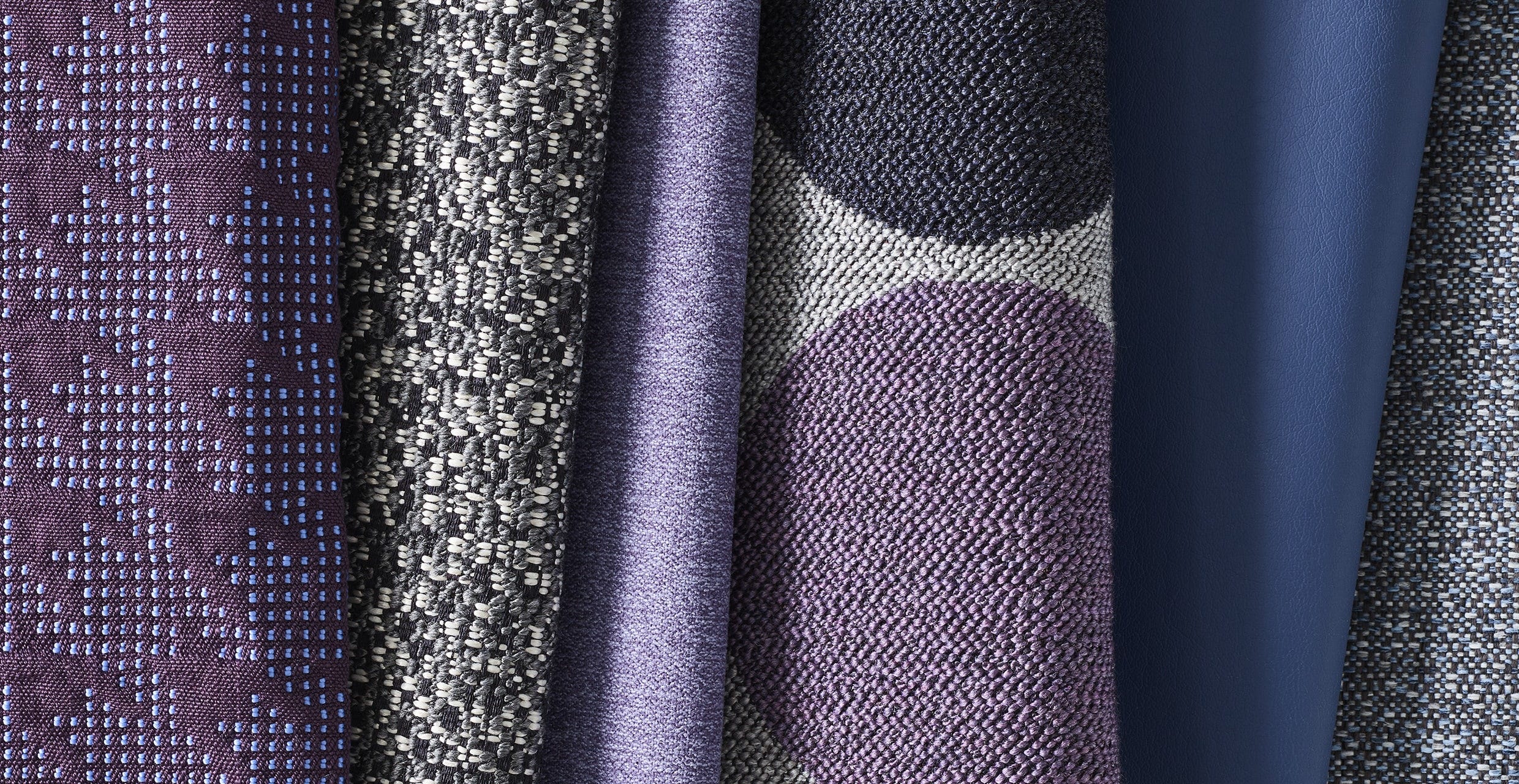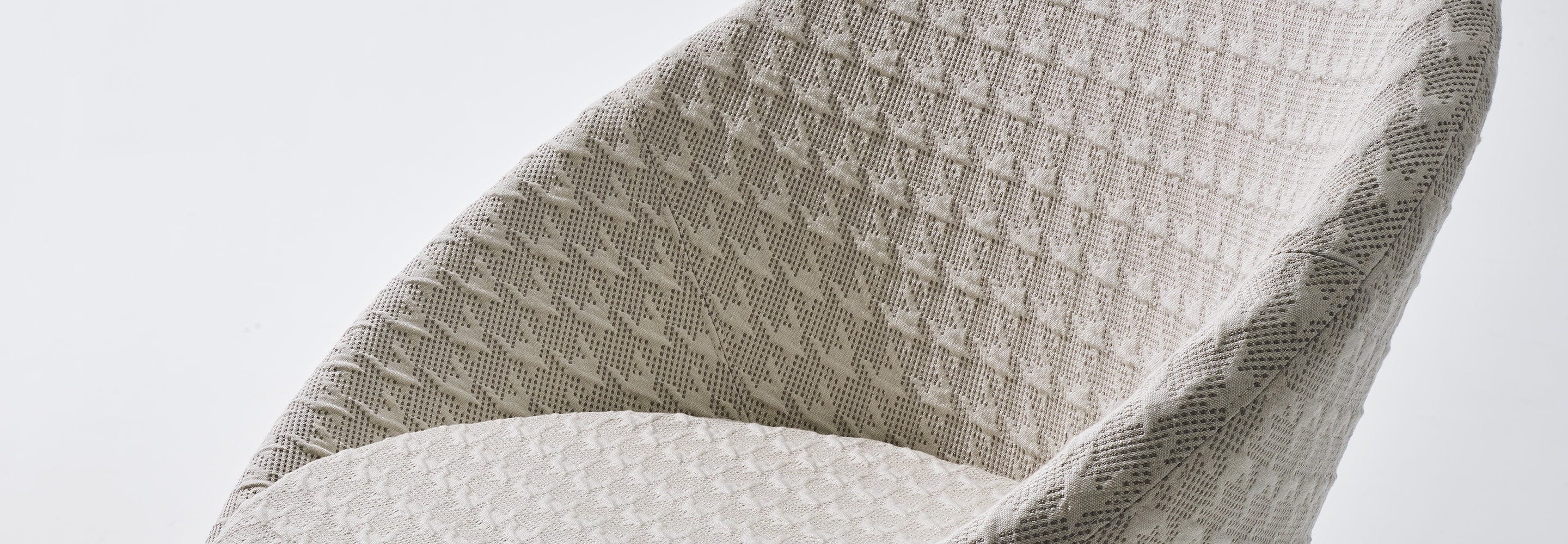The "Hows and Why" of Antimicrobials + Upholstery Cleaning for Healthcare Environments in the Age of COVID-19


By Mandalin Hennessee
The question of if or when to add antimicrobials to textiles was a fairly hot topic even before the COVID-19 crisis, however it is important to understand the basics around this topic so you can give honest advice and information to your clients.
The goal of any health facility is to kill any and all bacteria, fungus, algae and microbes that may be left on, or around furnishings. There is not exact science around the topic and there are many differing opinions on these issues, especially among healthcare facilities.
There is only one area where agreement is universal around this issue: The actual cleaning and disinfecting of furniture and materials with the appropriate cleaners will virtually guarantee that these organisms will be eliminated.
That being said, there are products and schools of thought around “added” antimicrobial treatments which display a level of efficacy in killing such organisms that come into contact with them. These antimicrobial treatments have been tested in lab settings and often show strong results. Adding antimicrobial treatments to furnishings (both hard and soft) has been in vogue for many years now.
Larger facilities including Kaiser Permanente have done their own internal studies, concluding that there is no evidence that these added treatments make any difference in the infection control protocol of a facility.


Carnegie's Position on Antimicrobials
- Carnegie offers many textile products whereby an added “antimicrobial” treatment can be applied. This product is called BioAm (Aegis technology) which is a non-heavy metal based, non-leaching formulation. If a client wants a Carnegie privacy fabric with this treatment; it can be delivered that way.
- We do not offer any heavy metal based antimicrobial finishes since they are a poor environmental choice.
- Carnegie believes that a facility’s main weapon should be the correct cleaning protocols. Therefore, it is most important that we vet the products we are offering for these environments in regards to their ability to hold up well under these protocols.
- Carnegie believes through careful research that relying simply on any products with antimicrobial additives to kill such virulent viruses as SARS CoV-2 (cause of COVID-19) would not be wise nor even practiced by any healthcare facility. Our main guideline to clients would be to ensure that any product they choose from us can stand up to the rigorous cleaning protocols the facility is practicing.
Disinfectant Cleaners and Protocols Related to COVID-19 According to the EPA:
Charles Griffin, Director of Product Integrity and Quality at Carnegie has reviewed the United States EPA's position related to the effectiveness of disinfectant cleaners and compiled relevant information.
How does EPA know which products work on COVID-19? EPA's response:
"While these products have not been tested against SARS-CoV-2, the cause of COVID-19, they are expected to be effective based upon:
- Demonstrated efficacy against a harder-to-kill virus;
- Qualified for the 'emerging viral pathogen claim'; or
- Demonstrated efficacy against another human coronavirus similar to SARS-CoV-2. SARS-CoV-2 is a new virus. Such pathogens are often unavailable commercially for laboratory testing."
Review
The Environmental Protection Agency has expanded its “COVID-19 Disinfectant List" with 200+ products. This list breaks down roughly six main categories of EPA-registered chemicals that hospitals use for surface disinfecting:
- Quaternary Ammonium
- Accelerated Hydrogen Peroxide
- Phenolic
- Hypochlorite
- Alcohol
- Peracetic Acid
Conclusion
Our coated fabrics can be safely cleaned with the most prominent cleaner types: Quaternary, Ammonium, Hypochlorite (bleach), Accelerated Hydrogen Peroxide, and Alcohol.
Phenolic and Peracetic Acid types are harsh and corrosive cleaners and should be used as directed. They should not be used on any porous surfaces nor fabrics.
The below fabrics are bleach cleanable, PVC and Red List Free, Healthier Hospitals Initiative, Kaiser Permanente compliant, Living Product Challenge Certified, and can be safely cleaned with appropriate hospital-grade disinfectant cleaners.
In this Article
All Xorel upholstery fabrics are recommended for healthcare settings.
Note: Although not commonly practiced by many facilities, we highly recommend rinsing disinfected areas with fresh water to remove residue, and prevent premature wear.





